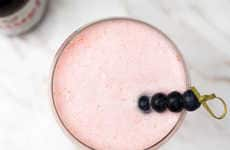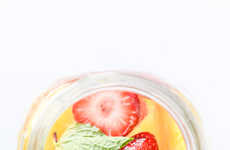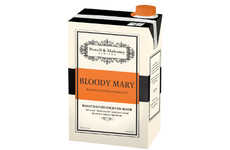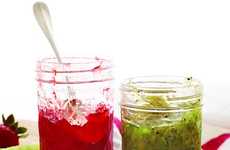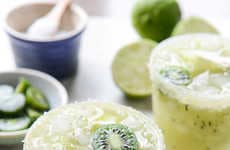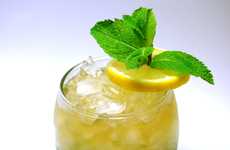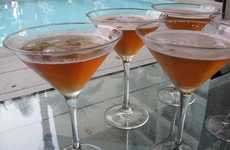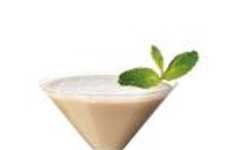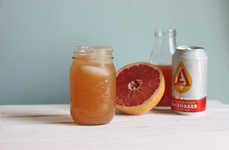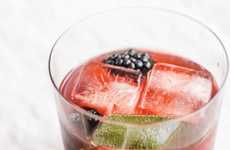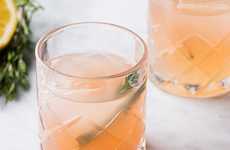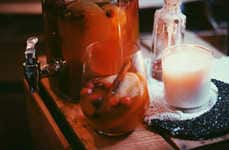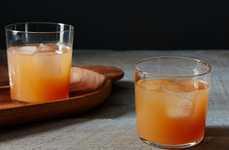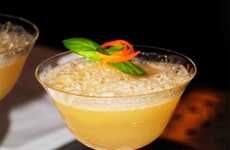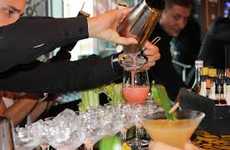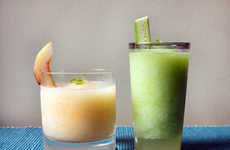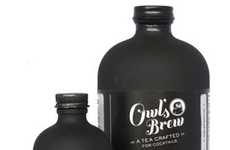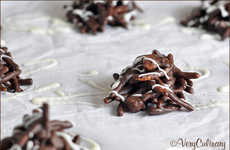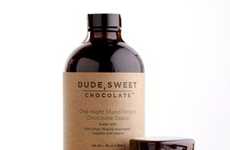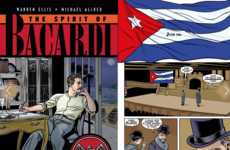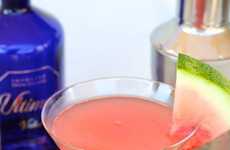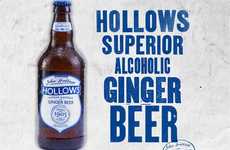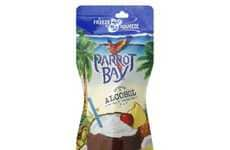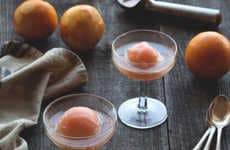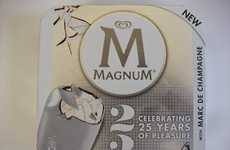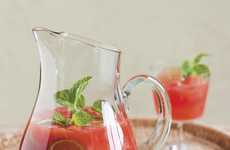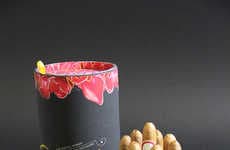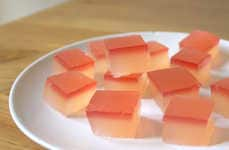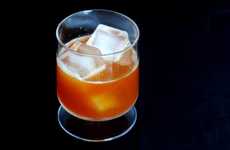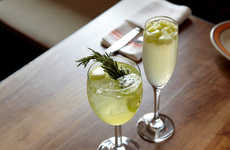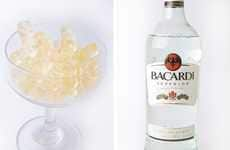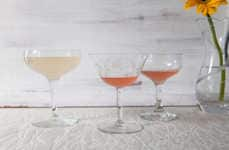



Mixologists blend beer and wine into recipes for familiarity and variety
Implications - As mixology becomes a more respected and popular industry, mixing drinks with standalone ingredients like wine and beer is gaining momentum. This shift towards combining unusual, added ingredients with more basic ones speaks to an openness to seeing even the most traditional products complicated.
Trend Themes
1. Beer and Wine Mixology - Mixologists are blending beer and wine into cocktail recipes for familiarity and variety, creating innovative and refreshing cocktails with traditional ingredients.
2. Floral and Fruity Beer Cocktails - Mixologists are infusing flowers, fresh fruits, and herbs in beer cocktails, allowing businesses to offer a wide variety of unique beer flavors that can attract a diverse set of customers.
3. Root Vegetables in Cocktails - Mixologists are experimenting with root vegetables, like rhubarb, in cocktail recipes, which could lead to innovative beverage options that explore the flavors of underrated ingredients.
Industry Implications
1. Cocktail Bars and Nightclubs - Cocktail bars and nightclubs can stay ahead of the competition by adding beer and wine mixology, floral and fruity beer cocktails, and root vegetables to their beverage menu for innovative and refreshing drink options.
2. Restaurants and Cafes - Restaurants and cafes can offer customers a diverse set of unique and refreshing alcoholic drinks by incorporating beer and wine mixology, floral and fruity beer cocktails, and root vegetables in their beverage menu.
3. Alcoholic Beverage Industry - The alcoholic beverage industry can innovate and disrupt the market by exploring the possibilities of beer and wine mixology, floral and fruity beer cocktails, and root vegetables in their product development and marketing strategies.
